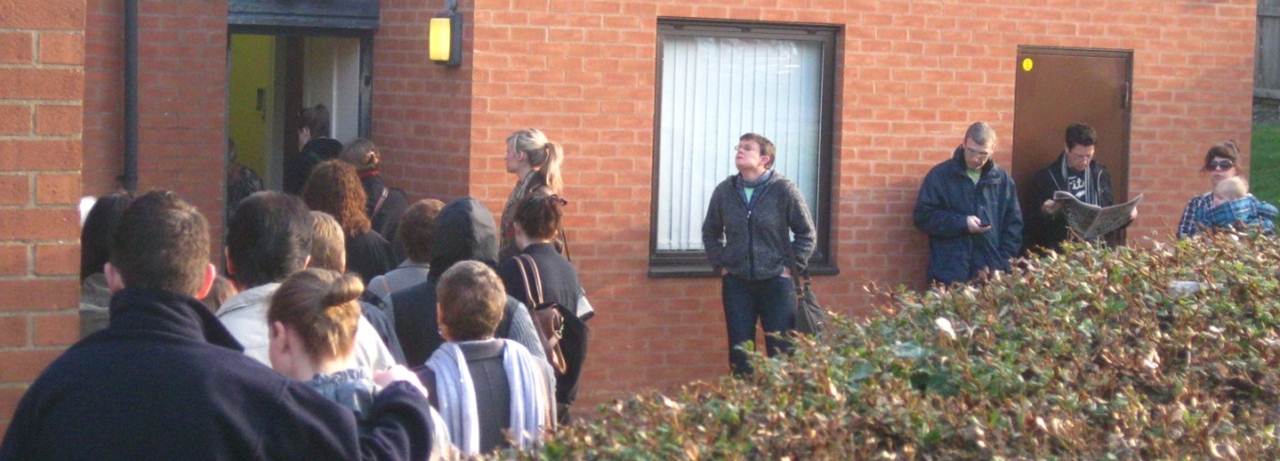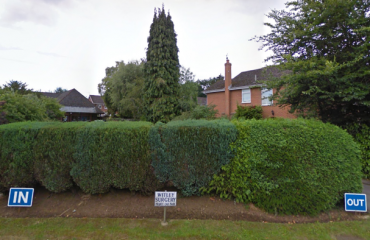If GP workload is your prime concern I’ve got great news: you can cut it by 10% without fail in just four weeks. Simply take 3 appointment slots off your daily template. Boom.
You can even claim some high-minded motive, reducing GP burnout, decision fatigue, keeping away the worried well, timewasters and so on. Your receptionists will have to turn away a few more patients, but they are used to that.
Don’t worry, you’ll be no worse than some other local practice and the CQC won’t notice – they have no way of measuring what you’ve done.
The only folk who will suffer are some of your patients, the unlucky ones, but they don’t have a voice anyway.
Happy?
If so please unsubscribe, we can’t help you.
There are plenty of others who promise to reduce your demand, divert your patients, make them wait longer, travel further, see someone they don’t want to see at a time they don’t want to go. Much of this is taxpayer funded. Links on request – they just don’t have any evidence that it works.
Want something better for your patients?
Before we begin any change programme we ask the partners a few questions, one of the most revealing of which concerns their ambition for patient service.
Very few admit to “Never mind, it’s all about the money”. A few say “No worse than others locally”, “A bit better than we are” or even “Top quartile performers”. The vast majority go for “The best we possibly can be.”
We can work with them, because they have the inner fire to carry them through what could be tough in the early weeks, as you get used to dealing with true demand.
You will be much more efficient from day one. Typically you will deal with 60% of demand remotely and we measure this (though below 50% the efficiency change is marginal, many are soon even higher. The latest hit 65% in month one.)
Don Berwick, mindful of the need to provide excellent care with finite resources, says “Efficiency is a moral imperative.” It’s far more important to study efficiency than workload, because you can do something about it, now, without waitiing for handouts from someone else, or worse taking it out on patients.
But what about the workload? It’s related but a different question. A big factor is the amount of unmet need pre-launch. We measure this too, with the average at 14%.
The highest we’ve ever seen is 32%, and before that practice launched last week I warned that it was going to be tough. Talk about inner fire – Sue the GP principal told me on Thursday at 5pm that something wasn’t right, she had free appointments right now and time to do other things.
We can’t make absolute promises on workload because of the variables, though GPs continually tell us that they feel more in control.
Our laser focus is on efficiency, never a final answer, always improving, sometimes in leaps like the one from telephone triage to digitial triage, sometimes in tweaks like the half day session plan (ask me how it works, very neat).
Our promise is to help you become as efficient as possible, so you can give the best possible patient service.
Dr Chris Peterson of The Elms, Liverpool, 5 years on:
“It’s more efficient, but it exposes unmet demand.
It’s completely liberating!
We are delivering demand lead care, not capacity constrained. We have no one waiting to see us.”
Can you say that every night when you go home?
Harry Longman







